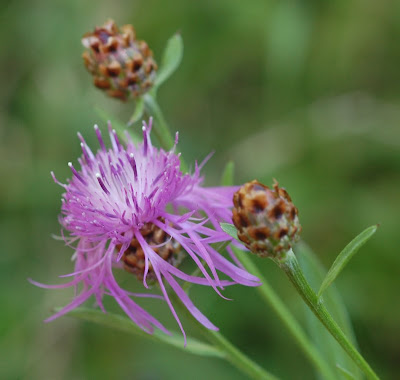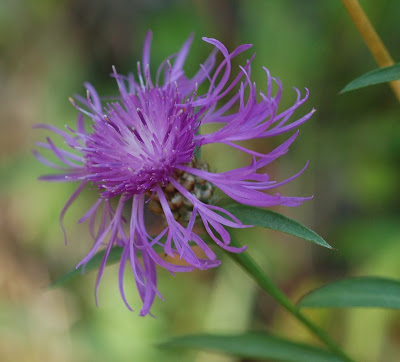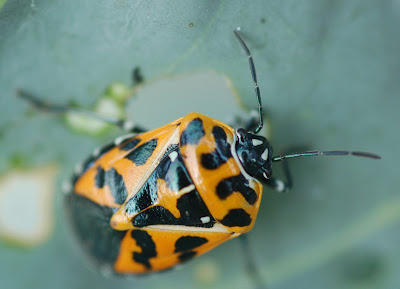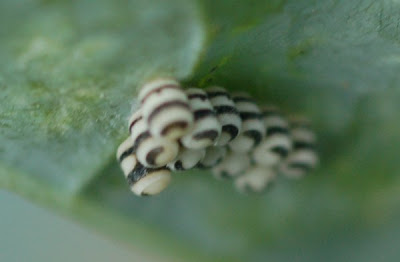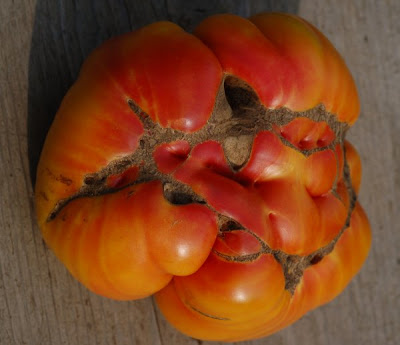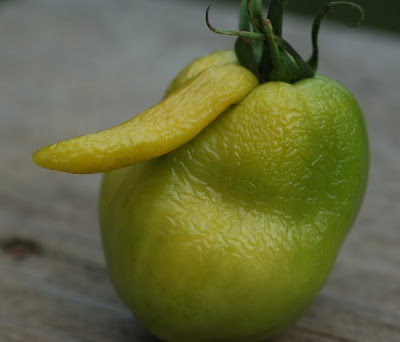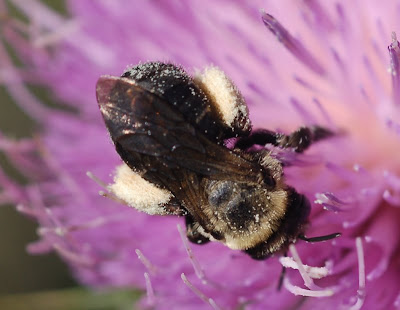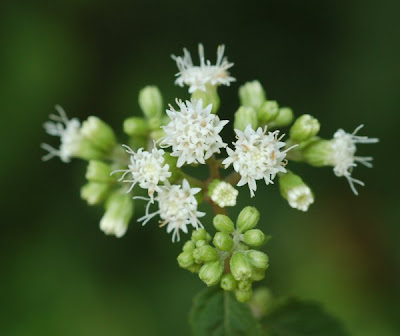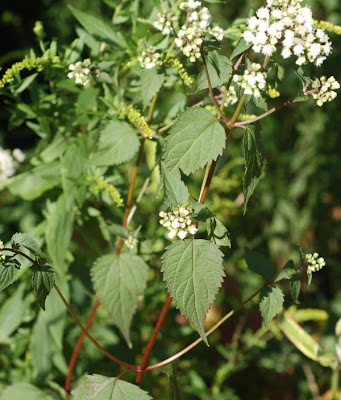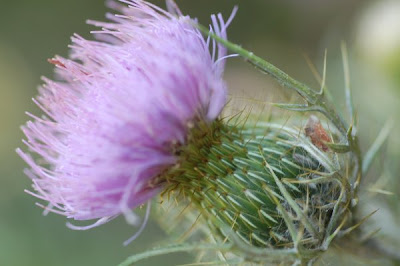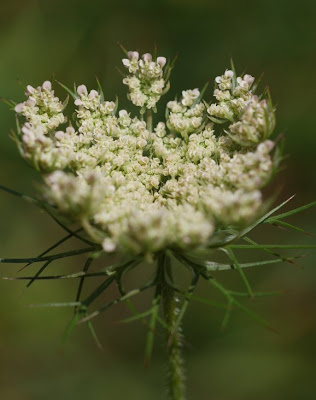There are several different theories about what event started the Hatfield-McCoy feud, but Elias Hatfield's death was the first in the most deadly period of the feud. An article by Shirley Donnelly Hatfield-McCoy Feud 75 Years Old Today (Beckley Post-Herald) August 7, 1957 has some information about the election-day killing I hadn't seen before. It's also an excellent "sorting out" of the complex web of duplicate names and kinships among and between the Kentucky and West Virginia families. I have edited out a little of the cute hillbilly talk the reporter affected.
...Aug. 7, 1882, fell on a Monday and they were having an election in Kentucky. If you are up on the history of Kentucky you are well acquainted with the fact that an election in Kentucky is an occasion on which anything can happen - and usually does. They were voting that day on the usual state and county offices and on whether to increase the school tax....On Blackberry Creek, a tributary of the Tug, the polls were open at sunrise. This particular polling place was on Hatfield Branch, a small run that empties into Blackberry just above Mateways, W.Va. Jerry Hatfield's home was there.
Across Turkey Foot Ridge on Blackberry Fork of Pond Creek stood the cabin of Randolph McCoy, who had a bunch of bad boys. Hatfields lived on both the West Virginia and Kentucky sides of the Tug and they had some bad boys, too.
Since the days of the Civil War - it had then only been a bit over 17 years since Appomattox - there had been bad blood and ill feeling between these two large families. William Anderson ("Devil Anse") Hatfield was the father of 13 children and Randolph (Rand'l) McCoy had done equally well in production. Those 13 children in each of these old mountain families spelled out bad luck in capital letters, - that is, bad for each of those two families.
The McCoy family hated the Hatfields because Johnson ("Johnse") Hatfield, handsome son of Devil Anse, had enjoyed a clandestine affair with Rose Anne McCoy, comely mountain lassie, the daughter of Randolph McCoy. Then too, the death of Harmon McCoy distilled still more hatred between the two big families. These two families had been on opposing sides in the Civil War, it should be stated. Also Floyd Hatfield, cousin of Devil Anse, and Randolph McCoy, had married sisters.
In 1873 these two brothers-in-law had a law suit over a sow and some pigs. Rand'l McCoy claimed the hogs but Floyd Hatfield said they were his'n. But the hogs went to Hatfield. Witnesses were accused of lying in Squire Anderson (Preacher Anse) Hatfield's court which was held in his house. Fuel was added to the flame of hatred between the two families, the McCoys and the Hatfields, as a result of the trial....
On that Monday 75 years ago today, Preacher Anderson Hatfield was one of the election officials and he was the best one of all the Hatfields, it was thought. He had a brother they called "Bad" Lias because he was a heavy drinker and was mean besides. Devil Anse had a brother named Elias but he wasn't as bad as "Bad 'Lias."
Both "Bad" 'Lias and Devil Anse's brother Elias were at the Kentucky election to watch political trends and otherwise pass the time of day. Preacher Anse Hatfield was only 47 years old at that time but most of the Hatfields minded him because he was a "Hardshell" Baptist minister. Among the Hatfields present that day, but not voting, was Ellison Hatfield, a Lieutenant in Pickett's Division and one who was in Pickett's immortal charge at Gettysburg on July 3,, 19 years before this election day.
Father of 11 children, Ellison Hatfield was a handsome and powerful man. He was wearing a big broad straw hat which they called a "Sundown" hat and everyone was kidding him about. Ellison turned taunts, aside by saying "I brought you some roughness for your cattle," alluding, of course, to his immense straw hat.
Drinking was rife that day and those with old grudges were carrying chips on their shoulders. Everyone was looking for trouble, it seemed....Suddenly an open quarrel flared up...Tolbert McCoy, 31, son of Randolph McCoy, had bounced "Bad 'Lias" Hatfield to pay him the $1.75 which Tolbert claimed was due him on a fiddle he had recently sold "Bad 'Lias."
....Tolbert's two brothers, Phamer, 19, and Randolph McCoy Jr., 15, joined in the quarrel and backed up their brother Tolbert. At this juncture, up came Ellison Hatfield, drunk, and in a foul mood. Tolbert McCoy stalked Ellison Hatfield and reported to the Gettysburg hero that, "I'm hell on earth."
Ellison said, "You're a d-n (vulgar word) hog."
A fight ensued and Ellison Hatfield was stabbed and shot. Guns leaped from pockets and other shots were fired in anger. Those three McCoy boys were subsequently arrested and were being taken to Pikeville jail when Devil Anse and his friends took them away from the law officers.
After being taken to the home of Anderson Ferrel in Warm Hollow, just back of the depot at Matewan, Ellison Hatfield expired the afternoon of Aug. 9,1882. Those 26 stab wounds and gashes, plus his gunshot wound, were too much for him.
That night the three McCoys were taken across the Tug at Matewan and shot to death in a paw paw thicket.
Now, Ellison Hatfield (brother to "Devil Anse") died in 1882, and Matewan was founded in 1895, with the coming of the railroad, so there's at least one factual problem with this account.
